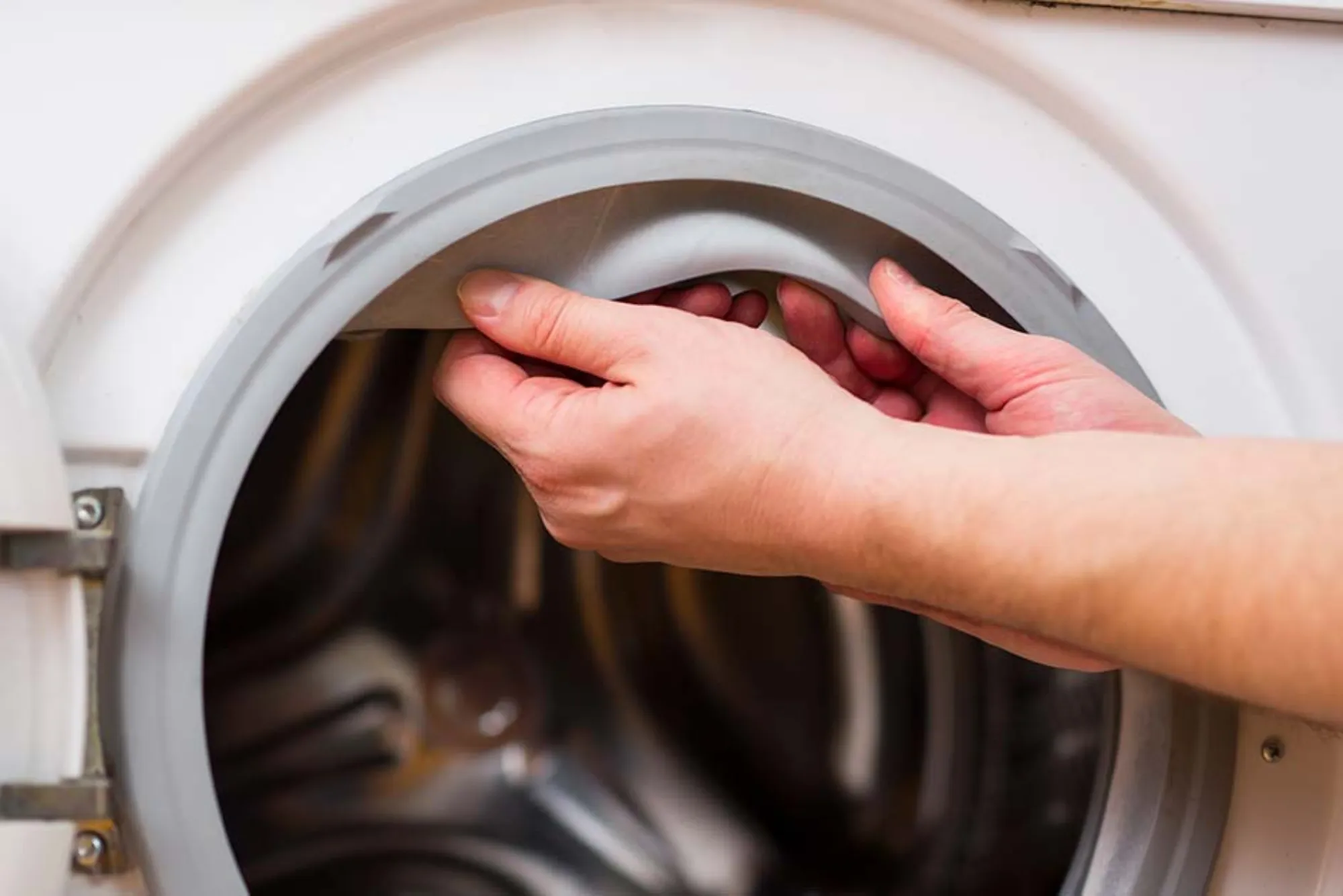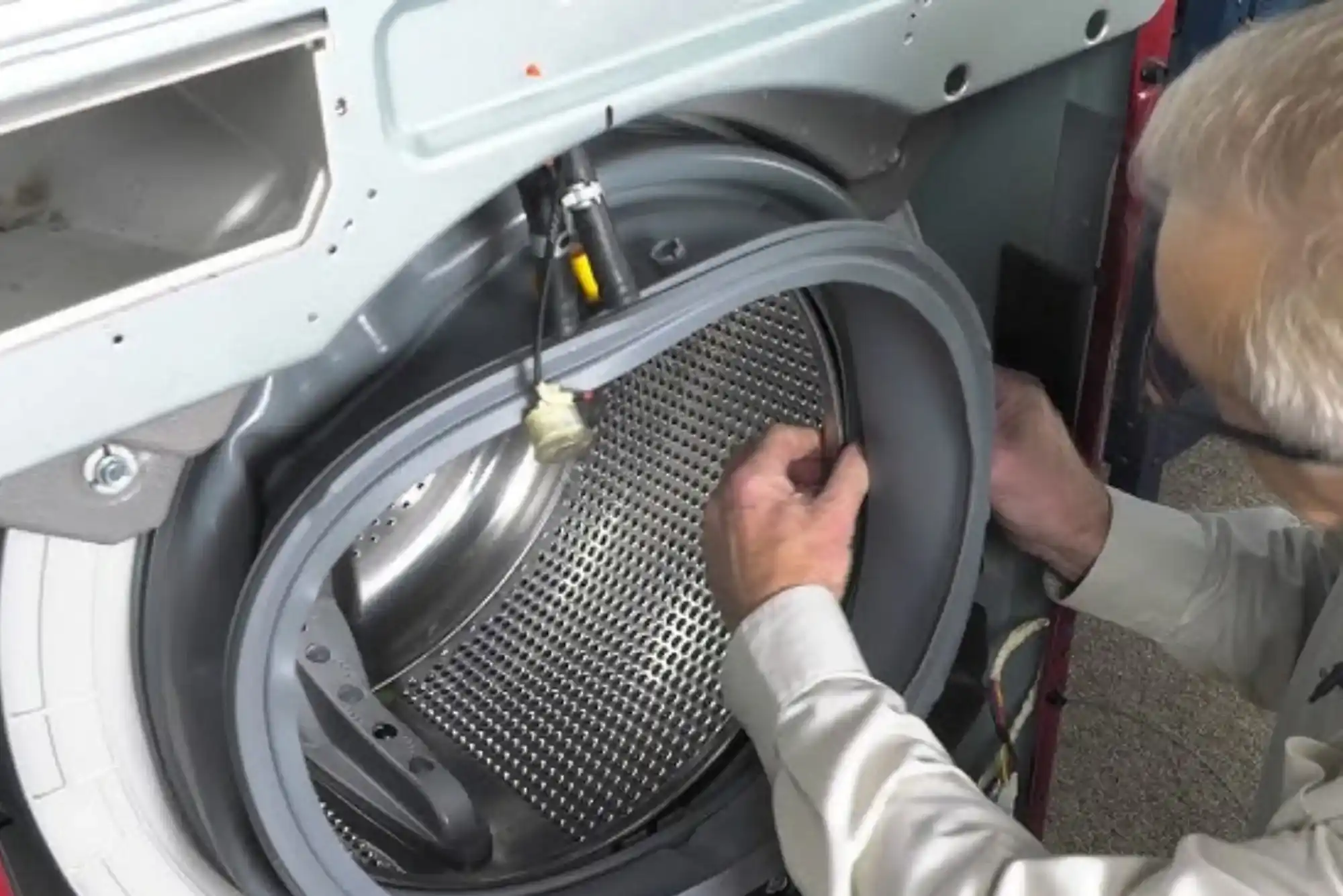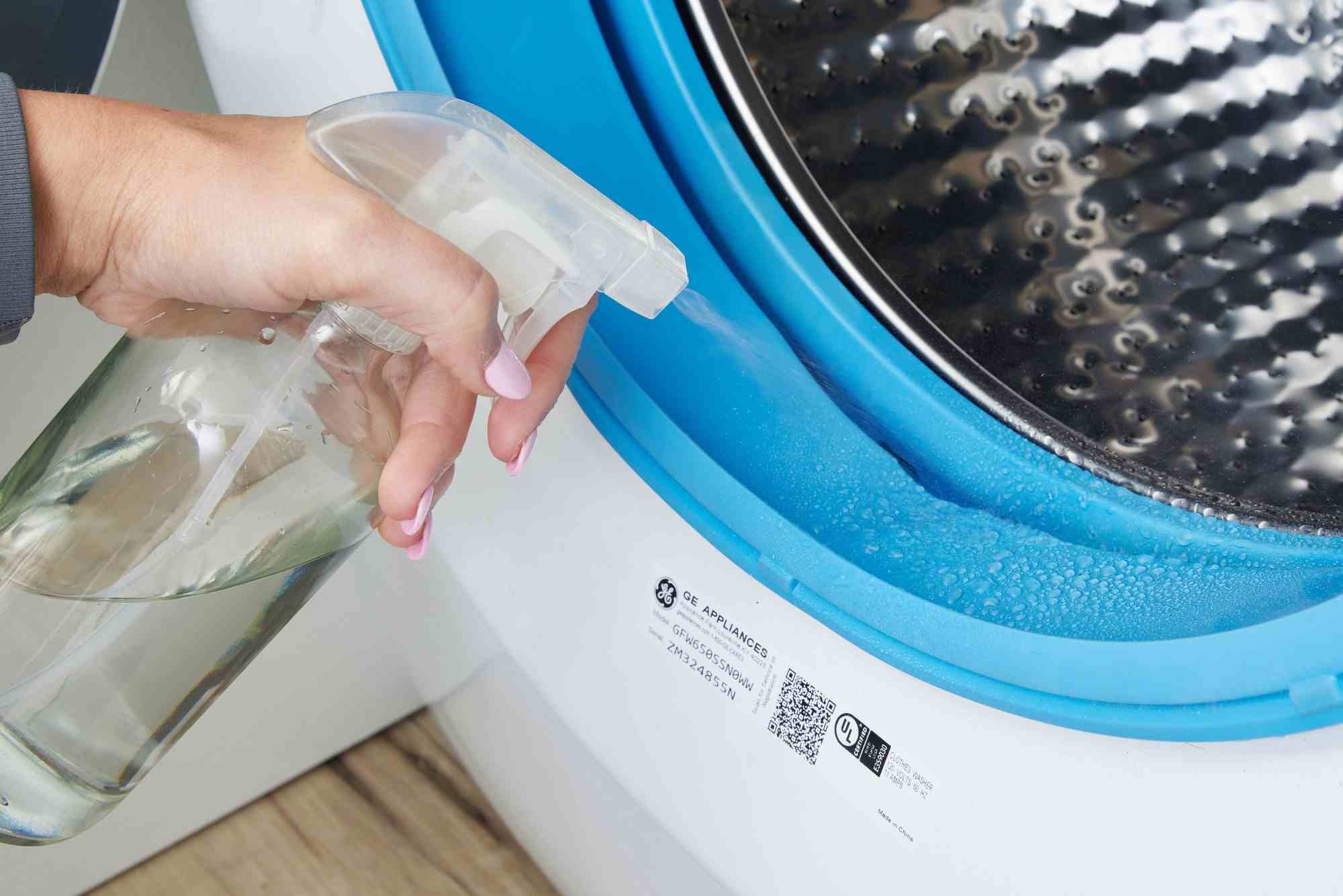Washing machines are essential in every modern household, providing convenience and efficiency in maintaining cleanliness and hygiene. However, one of the most common and often misunderstood problems homeowners face is excessive sudsing. Suds, or soap bubbles, might seem harmless at first, but in reality, they can create a variety of issues that affect washing performance, damage internal components, and reduce the machine’s efficiency over time.
Sudsing happens when too much detergent is used or when the wrong type of detergent is applied. While it might appear that more soap leads to cleaner clothes, the opposite is true. Too many suds prevent proper rinsing, interfere with mechanical operation, and can even trigger error codes that stop the machine mid-cycle. To truly understand how to fix washing machine sudsing issues, one must look at both the science behind the problem and the right methods to address it.
Understanding What Sudsing Means
Sudsing occurs when soap molecules trap air and create foam. In controlled amounts, this is perfectly normal and helps clean fabrics effectively. However, excessive foam prevents the drum from rotating properly and reduces the friction between clothes that is necessary for removing dirt. High-efficiency washing machines, in particular, are designed to use low-sudsing detergents because they rely on mechanical action and precise water usage rather than large volumes of soap and water.
When suds build up too much, they overflow into areas they shouldn’t—such as sensors, pumps, or drains—leading to system errors and malfunctions. Many modern machines will automatically pause or stop cycles if they detect too much foam, as a safety precaution. This is one of the reasons why addressing the root cause of sudsing is so important.
Causes of Excessive Sudsing
Excessive sudsing in washing machines generally stems from incorrect detergent use. Traditional detergents designed for older models or manual washing produce far more foam than high-efficiency (HE) detergents. Using these in an HE machine leads to significant oversudsing. Another common cause is overloading the washer with detergent, under the misconception that “more soap equals cleaner clothes.”
In regions where water hardness varies, improper detergent choice can also increase suds production. Hard water requires different detergent formulations than soft water. Additionally, fabric softeners, pre-treat sprays, and even leftover detergent residues from previous washes can add to the problem.
Effects of Sudsing on Washing Machines
Although excessive suds may seem like a minor inconvenience, their impact can be serious. When too much foam forms inside the drum, the washer struggles to spin and rinse effectively. The trapped bubbles reduce the mechanical motion required to clean clothes thoroughly. This can result in soap residue left on fabrics, causing skin irritation or fading over time.
From a mechanical standpoint, oversudsing exerts pressure on the motor and pump, which must work harder to complete the cycle. Water sensors may misread the load size, leading to repeated draining or additional rinsing, thereby increasing energy and water consumption. In severe cases, soap can leak into electrical components, posing a safety hazard or leading to costly repairs.
Understanding these consequences emphasizes why addressing sudsing problems promptly is crucial. It’s not just about keeping clothes clean—it’s about protecting the longevity and performance of your washing machine.
How to Address Sudsing Issues Effectively
Fixing a sudsing problem begins with identifying the immediate cause. If you notice your washer is producing too many bubbles or halting mid-cycle, the first step is to stop the machine and allow the suds to settle. Once calm, you can restart a rinse and spin cycle without adding more detergent. This helps flush out excess soap and clear the drum.
However, the most effective and lasting solution involves re-evaluating detergent usage. Always check whether your detergent is labeled “HE” for high-efficiency machines. These formulations create fewer suds while still delivering strong cleaning performance. Using the correct quantity—often much less than you might think—is key. Most modern machines require only a small amount of detergent because of their low-water design.
It’s also important to routinely clean the washer. Over time, detergent and fabric softener residue can build up inside the drum and dispenser drawer, leading to recurrent sudsing even when detergent levels are correct. Running an empty wash cycle with hot water and a washer-cleaning solution helps dissolve any leftover soap and restore optimal function.
Understanding Modern Washer Technology and Suds Control
Newer washing machines come equipped with advanced sensors that detect water levels, load size, and foam levels. These sensors adjust the wash cycle automatically to ensure the best performance. However, when sudsing becomes excessive, it disrupts the readings of these sensors. The machine may interpret the excess foam as water, leading to confusion in cycle timing and drainage.
Manufacturers have developed anti-sudsing algorithms to counteract this issue, but these systems can only do so much. Preventing excessive suds in the first place remains the most effective approach. Knowing how these systems work can help homeowners appreciate the importance of using proper detergent and avoiding overuse.
The Role of Maintenance in Preventing Sudsing
Like any appliance, a washing machine performs best when maintained regularly. Preventive maintenance includes checking detergent dispensers, keeping the drum clean, and ensuring water lines are free from buildup. When left unchecked, detergent residues can accumulate, producing foam even during detergent-free cycles.
Professional maintenance services are especially valuable in high-usage environments or for older machines. Technicians can inspect hoses, pumps, and valves for soap buildup or blockages that may contribute to repeated sudsing. Regular maintenance not only prevents such issues but also extends the overall lifespan of the machine, ensuring efficiency and safety.
Why Professional Help May Be Necessary
While many sudsing problems can be addressed with proper detergent use and cleaning, persistent issues sometimes indicate deeper mechanical problems. Faulty sensors, blocked drainage, or malfunctioning control boards can all contribute to or be affected by excess foam. Attempting to fix these without expertise may worsen the problem or void the machine’s warranty.
Professional technicians are trained to diagnose whether the issue is chemical, mechanical, or electronic. They can recalibrate the system, replace worn components, and ensure the washer is functioning within manufacturer specifications. Investing in expert repair services can save homeowners from expensive replacements later.
Environmental and Efficiency Considerations
Excessive sudsing doesn’t only harm your washing machine—it also affects the environment. Oversudsing often leads to extended cycles, wasting water and energy. Additionally, too much detergent increases chemical discharge into wastewater systems. By learning how to fix and prevent sudsing, you also contribute to more sustainable laundry practices.
Modern detergents are concentrated to reduce packaging waste and resource use, but they require precision. Using them correctly helps maintain both environmental balance and machine efficiency. Small changes in laundry habits can have a significant positive impact on both energy consumption and appliance performance.
The Relationship Between Water Quality and Sudsing
Water quality plays a more significant role in sudsing than most people realize. Hard water contains minerals that reduce detergent effectiveness, often causing users to add more soap to compensate. This overuse results in more foam and potential residue. Soft water, on the other hand, enhances detergent performance, which means using even smaller quantities.
Understanding your home’s water type can help you choose the right detergent and adjust usage accordingly. Some homeowners install water softeners, which not only protect plumbing and appliances but also improve washing machine efficiency. Addressing water quality is an often-overlooked aspect of solving sudsing problems permanently.
Future Innovations in Washing Technology
The home appliance industry continues to evolve, with manufacturers introducing smarter technologies to prevent common problems like sudsing. Artificial intelligence-driven washers can now detect detergent concentration and adjust the rinse cycles automatically. These advancements aim to make laundry care more efficient and foolproof.
While such innovations simplify usage, understanding basic laundry science remains important. Human judgment is still necessary to ensure optimal detergent selection, load balance, and maintenance. Combining smart technology with informed use creates the best results, both in performance and durability.
Keeping Your Washer Suds-Free and Efficient
Excessive sudsing may seem like a simple issue, but it can have long-term effects on your washing machine’s performance, your clothes’ quality, and even household safety. Knowing the causes and solutions empowers homeowners to take control of their appliance’s efficiency and longevity. Proper detergent choice, regular cleaning, and awareness of modern washer technology all contribute to a smooth, foam-free laundry experience.
Ultimately, fixing and preventing washing machine sudsing issues is about balance—using the right products in the right way. By maintaining your washer properly, respecting detergent guidelines, and seeking professional assistance when needed, you ensure that this essential household appliance continues to deliver spotless results for years to come.
A well-maintained washing machine not only saves time and money but also reflects a deeper understanding of how modern technology integrates with daily living. When you manage sudsing properly, you maintain not just the performance of a machine but also the harmony of a well-run home.




